While the ketogenic diet is currently popular for weight loss, its predecessor, the Atkins diet, was the original low-carb eating plan. Both Atkins and keto diets can be beneficial for weight loss, diabetes management, and heart health, according to Vanessa Rissetto, RD, a nutritionist from Hoboken, New Jersey.
Unlike keto, which is higher in fat, Atkins involves gradually increasing carb intake. On keto, carbs remain very low to maintain ketosis and burn ketones for energy, as explained by Rissetto.
Today, the Atkins diet, also known as the Atkins Nutritional Approach, offers three versions:
Atkins 20 is suitable for individuals who:
- Want to lose more than 40 pounds
- Have a waist circumference over 35 inches (women) or 40 inches (men)
- Have prediabetes or type 2 diabetes
- Atkins 40 is designed for people who:
- Aim to lose less than 40 pounds
- Are pregnant or breastfeeding
- Need a diet with a broader range of foods
Atkins 100 is intended for those who:
- Want to maintain their current weight
- Are pregnant
- Are breastfeeding and want to maintain their weight
Before attempting any version of the Atkins diet, especially if you’re pregnant or considering it during pregnancy, consult your healthcare team for guidance.
A Look at the 3 Atkins Diet Plans
All versions of the Atkins diet share a common focus: reducing net carbs, including those from vegetables, and emphasizing protein and healthy fats. As you approach your weight loss goal, certain carbs are reintroduced into your diet.
In the Atkins diet, net carbs are calculated by subtracting grams of fiber and grams of sugar alcohols from total carbs. (It’s important to note that the U.S. Food and Drug Administration [FDA] doesn’t officially recognize “net carbs” as a nutritional term.)
The Atkins 20 and Atkins 40 plans involve distinct phases, while Atkins 100 is a sustainable lifestyle approach that limits daily net carb intake to 100 grams. In Atkins 20, the initial “induction” phase restricts you to 20 grams of net carbs. In Atkins 40, the induction phase allows 40 grams of net carbs, offering more initial food options, including select fruits. (1) As you progress, you can incrementally reintroduce net carbs in 5-gram steps for Atkins 20, and 10-gram steps for Atkins 40, explains Lauren Popeck, RD, from Orlando Health in Florida.
Atkins 20 Food Choices
To kick-start your weight loss with Atkins 20, consider incorporating these foods:
- Foundation vegetables like broccoli, spinach, bok choy, and cucumbers
- Protein sources such as eggs, chicken, and beef
- Various fish options including salmon, cod, flounder, and herring
- Butter and olive oil
- Select cheeses like cheddar, goat, Swiss, and Parmesan
For a comprehensive list of foods suitable for phase one of Atkins 20, you can refer to the Atkins website.
Atkins 40 Food Options
Following the Atkins 40 plan opens up even more food choices, including the items mentioned above. You can also enjoy the following foods while keeping net carbs below 40 grams daily: (4)
- Nuts and seeds
- Legumes such as beans
- Fruits
- Starchy vegetables like squash, potatoes, and beets
- Whole grains such as barley, whole-grain rice, and whole-wheat pasta
Atkins 100 Diet Choices
For those on the Atkins 100 plan, a wide range of foods is permitted, as long as you keep your net carb intake below 100 grams per day. It’s important to be cautious with sugary and refined carbs, as they can quickly add up.
The foundation of the Atkins diet centers on restricting carbohydrate consumption, the body’s primary fuel source. By reducing carbs, the body is encouraged to utilize stored fat for energy, promoting weight loss. Similar to various other popular diets, the central concept is to avoid foods containing refined flour and sugar. However, if you’re following the Atkins 20, even carb-rich whole-grain foods are restricted until you reach the maintenance phase.
“While cutting carbs can lead to initial weight loss, excluding entire food groups like grains, dairy, yogurt, and fruit can be unsustainable and lacking in essential nutrients,” warns Popeck. She further notes, “This may result in a deficiency of fiber, as well as important vitamins and minerals like calcium and potassium.” (Further details are covered in the drawbacks section.)
Understanding the 4 Phases of the Atkins Diet
The Atkins 20 and Atkins 40 versions of the diet are divided into distinct phases.
Phase 1
The initial phase, known as induction, can last anywhere from a few weeks to several months, depending on your objectives.
Phase 2
In the following phase, designed for ongoing weight loss, you gradually increase your daily carbohydrate intake.
For Atkins 20:
During phase 2 of the Atkins 20 plan, you’ll progressively include more net carbs in 5-gram increments. This phase introduces variety through antioxidant-rich berries, select nuts and seeds, and additional vegetables.
(Note: In the Atkins 20 program, this phase is technically divided into two parts: phase 2 and phase 3. Phase 3 begins when you’re within 10 pounds of your target weight. Both phases share the goal of reintroducing carbs while continuing weight loss.)
For Atkins 40:
In phase 2 of the Atkins 40 plan, you add more carbs in 10-gram increments, primarily by increasing portion sizes. This phase is suggested once you’re within 10 pounds of your desired weight.
You can keep increasing your carb intake on both plans until weight loss slows or halts. Depending on your proximity to your goal weight, you can then transition to weight maintenance or reduce carb consumption if weight loss stalls. Due to the satiety provided by proteins and fats compared to refined carbs, the expectation is that you’ll consume less in terms of quantity while feeling satisfied at each stage.
Phase 3
The concluding phase, initiated once you’ve attained your goal weight and maintained it for at least a month, establishes a lifelong weight-maintenance strategy. During this phase, you’ll aim to consume around 80 to 100 grams of daily net carbs.
The Best and Not-So-Good Foods on the Atkins Diet
All the plans emphasize steering clear of sugar and refined carbs, says Popeck. Here’s a rundown of the key foods you’ll be encouraged to consume and avoid on each plan:
Atkins 20 Food List
Eat: Foundation vegetables such as spinach, broccoli, cauliflower, and more; healthy fats like olive oil and butter; nuts and seeds; and most types of cheese.
Avoid: Fruits like mangoes and pineapples; starchy vegetables such as potatoes; and grains, at least initially.
Atkins 40 and Atkins 100 Food List
Eat: All the foods recommended in Atkins 20, plus fruits like berries, cherries, and melons; legumes; select starchy vegetables like squash and potatoes; and whole grains.
Avoid: White or processed carbs, like pretzels or white bread, as well as hidden sources of sugar.
Can Vegetarians and Vegans Adopt the Atkins Diet?
Absolutely, vegetarians and vegans can embrace the Atkins diet, but it might be more challenging to meet protein goals due to the exclusion of typical protein sources like meat, fish, and dairy (for vegans).
Understanding this, researchers in Toronto devised the Eco Atkins diet. This approach recommends getting 31 percent of calories from protein sources like soy, nuts, and plant-based burgers for vegans, and eggs, cheese, and tofu for vegetarians. Additionally, it suggests 43 percent of calories from healthy fats such as avocado, nuts, and olive oil, and 26 percent of calories from carbohydrates found in fruits, vegetables, and whole grains.
According to a study from 2014, participants who followed the vegan version of the Eco Atkins diet lost around 15 pounds within six months.
Vegans and vegetarians following the Atkins diet should also consider taking a multivitamin and supplements like fish oil (or flax oil for vegans) to ensure proper nutrient intake. For those on the Eco Atkins plan, it’s advisable to transition directly to Atkins 20 phase 2 or Atkins 40, as the initial induction phase can be quite demanding.
A 7-Day Sample Menu for the Atkins 20, Atkins 40, and Atkins 100 Diets
Your weekly meal plan will vary depending on the specific Atkins plan you’re following.
Atkins 20
Here’s a sample week of eating on the Atkins 20 diet.
Day 1
Breakfast: Cheese and spinach omelet with avocado and salsa.
Lunch: Roast chicken stir-fry.
Snack: Mozzarella string cheese.
Dinner: Chicken and broccoli Alfredo with a salad.
Day 2
Breakfast: Scrambled eggs with sautéed onions and cheddar cheese.
Lunch: Taco bowl with beef, ½ an avocado, mixed greens, tomato, onions, and green peppers.
Snacks: Atkins Caramel Chocolate Nut Roll Bar; Muffin in a Minute.
Dinner: Fish with artichoke sauce, cauliflower, and a spinach salad.
Day 3
Breakfast: Tomato, Avocado, Spinach, and Monterey Jack Stacks.
Lunch: Atkins Frozen Orange Chicken.
Snacks: Atkins Milk Chocolate Delight Shake; 2 stalks celery with 2 tablespoons (tbsp) cream cheese.
Dinner: Stuffed Pork Chops With Fonduta and Fennel Gratinata and broccoli.
Day 4
Breakfast: Red bell pepper stuffed with eggs and spinach.
Lunch: Atkins Chocolate Peanut Butter Bar.
Snacks: 1 cup sliced cucumber with 2 tbsp green goddess dressing; Atkins French Vanilla Shake.
Dinner: Atkins Frozen Crustless Chicken Pot Pie with ½ cup Brussels sprouts and 1 tbsp olive oil.
Day 5
Breakfast: Atkins Frozen Ham and Cheese Omelet.
Lunch: Atkins Frozen Chili Con Carne with 2 cups mixed greens and 2 tbsp Italian dressing.
Snacks: 1 cup sliced red bell pepper with 2 tbsp ranch dressing; Atkins Strawberry Shake.
Dinner: Chicken Chorizo and Cauliflower Sauté With Cheese and Sausage.
Day 6
Breakfast: Beef sautéed with peppers and onions and topped with cheese.
Lunch: Atkins Creamy Chocolate Shake.
Snacks: Atkins Caramel Chocolate Peanut Nougat Bar; 5 snap peas with 2 ounces (oz) of cheddar.
Dinner: Atkins Frozen Beef Merlot.
Day 7
Breakfast: Atkins Chocolate Almond Caramel Bar.
Lunch: Cobb salad.
Snacks: 2 celery stalks with 2 oz cheddar; ½ cup chopped red bell pepper with 2 tbsp ranch dressing.
Dinner: Atkins Frozen Meatloaf With Portobello Mushroom Gravy.
Atkins 40
Here’s a sample week of eating on the Atkins 40 diet.
Day 1
Breakfast: Cheese and spinach omelet with avocado and salsa and a slice of whole-grain toast.
Lunch: Roast chicken stir-fry.
Snack: Handful of walnuts or ¼ cup of blueberries.
Dinner: Chicken and broccoli Alfredo with a salad.
Day 2
Breakfast: Chicken chorizo with cauliflower sauté, cheese, and salsa.
Lunch: Chicken over baby kale Caesar salad.
Snacks: Atkins Milk Chocolate Delight Shake; ½ small banana with 2 tbsp peanut butter.
Dinner: 6 oz salmon with ¼ cup wild rice, 2 cups mixed greens, and ½ cup sliced cucumbers.
Day 3
Breakfast: Atkins Plus Vanilla Shake.
Lunch: Atkins Frozen Shrimp Scampi with 2 cups mixed greens, 1 small tomato, ½ avocado, and 2 tbsp Caesar dressing.
Snacks: 1 carrot with ¼ cup hummus; ½ cup blackberries with ½ cup Greek yogurt.
Dinner: Chimichurri Steak and Cauliflower Mash.
Day 4
Breakfast: Oatmeal topped with ¼ cup chopped pecans and ¼ cup sliced strawberries.
Lunch: 5 oz hamburger, 1 oz cheddar cheese, 1 medium tomato, ½ avocado, and 2 Bibb lettuce leaves.
Snacks: Creamy Lemon Smoothie; ½ cup chopped green bell pepper with 1 oz feta cheese and 2 tbsp green goddess dressing.
Dinner: 6 oz whitefish with ¼ cup lentils, 1 cup green beans, and 1 tbsp butter.
Day 5
Breakfast: Atkins Frozen Farmhouse-Style Sausage Scramble.
Lunch: 6 oz turkey cutlets, 2 cups mixed greens, ½ cup sliced green bell pepper, ½ cup sliced cucumber, ½ avocado, and 2 tbsp raspberry vinaigrette.
Snacks: ½ small apple and 2 oz cheddar cheese; 2 celery stalk
Atkins-Friendly Snack Ideas
For those following the Atkins 20 plan, consider these snack options:
- Black olives with cheddar
- Crab dip with vegetables
- Cucumber guacamole
- Kale chips
- Smoked salmon, cucumber, and cream cheese roll-ups
If you’re on the Atkins 40 plan, you can enjoy the above snacks as well as these options:
- ¾ cup of blackberries
- Greek yogurt
- A slice of whole-grain toast with almond butter
- Hummus
For followers of the Atkins 100 plan, you have flexibility with snacks, as long as your daily net carb intake stays under 100 g.
A Basic Atkins Diet Shopping List to Follow
Whether you’re preparing for the Atkins 20, Atkins 40, or Atkins 100 diet, here are key foods to include in your shopping list:
- Proteins like pork chops, chicken, ground beef, salmon, steak, and whitefish
- Vegetables such as asparagus, broccoli, cauliflower, radishes, mushrooms, and spinach
- Healthy fats like olive oil and butter
- Fruits like avocados
- Full-fat dairy products including cheddar cheese, blue cheese dressing, and cream
For more meal plans and shopping list suggestions, you can visit the Atkins website.
Tips for Eating Out While Following Atkins
You can successfully stick to your diet even when dining out with a bit of preparation. Start by considering the type of cuisine offered at the restaurant. Opt for places that offer more protein-focused meals, like American restaurants rather than Italian ones, advises Rebecca Guterman, RD, a clinical dietitian at Mount Sinai Hospital in New York City.
Before you even get to the restaurant, take a look at their menu online to plan your meal in advance. Seek out dishes centered around lean meats and vegetables, suggests Rissetto. A reliable choice might be a salad with grilled chicken or a bun-less burger accompanied by a side salad.
In Conclusion
With the rise in popularity of low-carb diets, researchers have conducted various studies to evaluate their effectiveness and potential health impacts. According to the Harvard School of Public Health, some research indicates that low-carb diets may facilitate quicker and more sustainable weight loss compared to low-fat diets. Moreover, moderately low-carb diets could promote heart health.


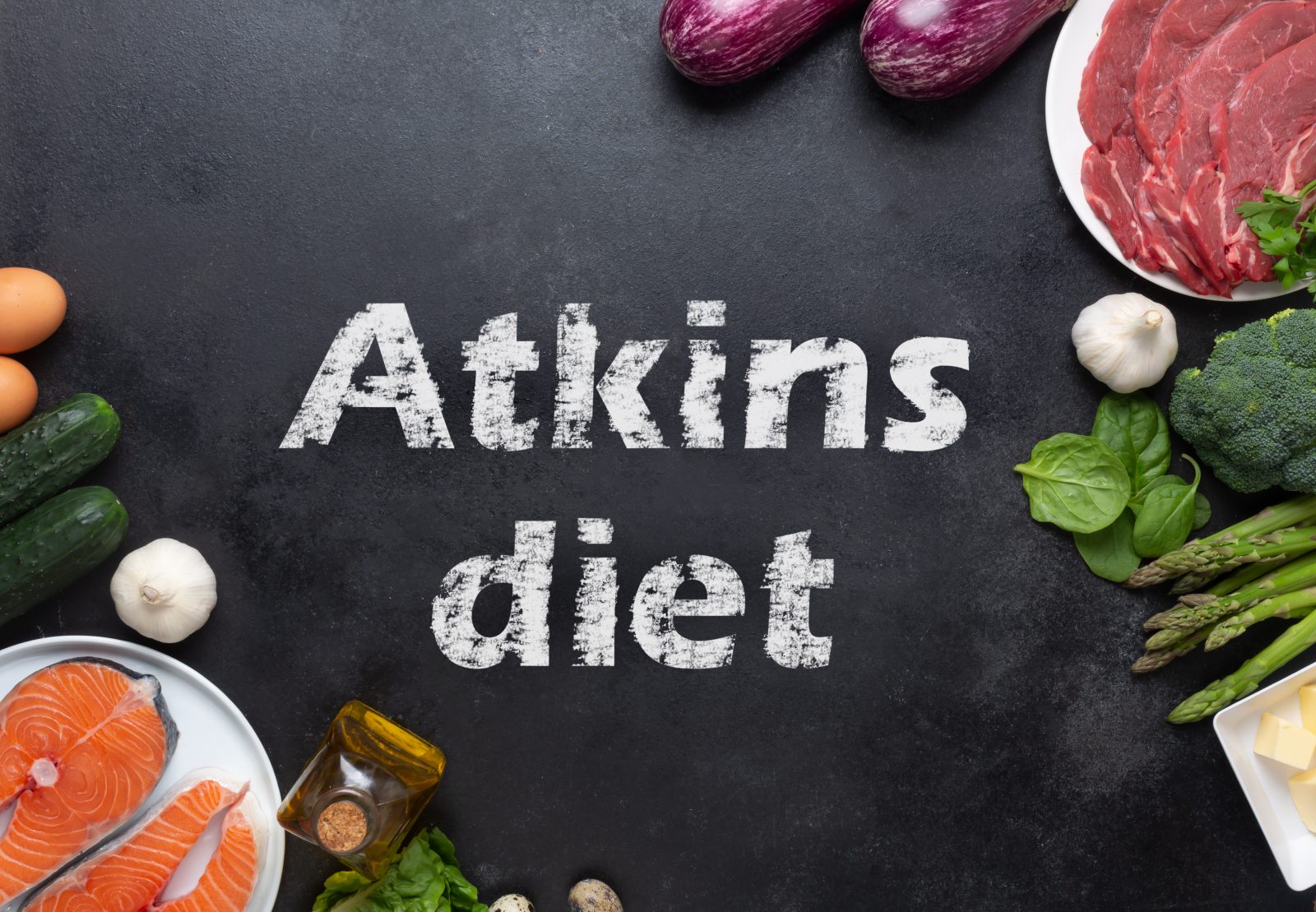
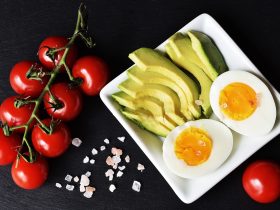








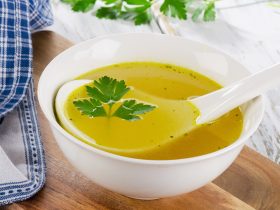
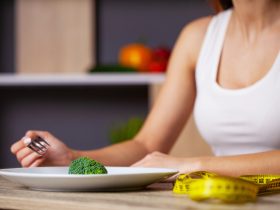
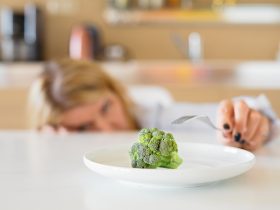
Find Us on Socials